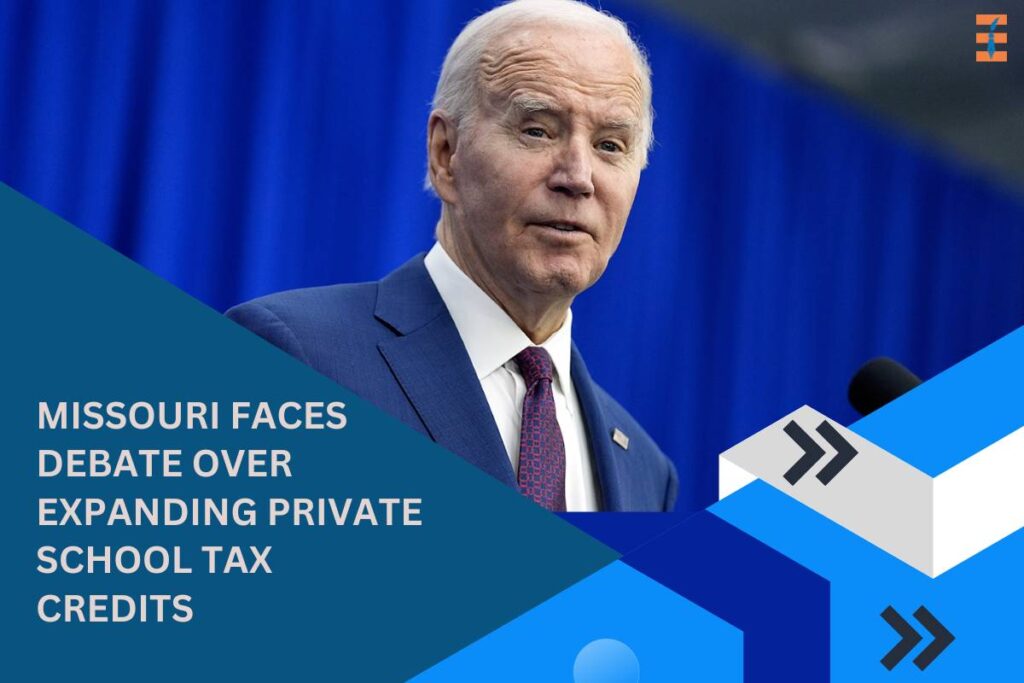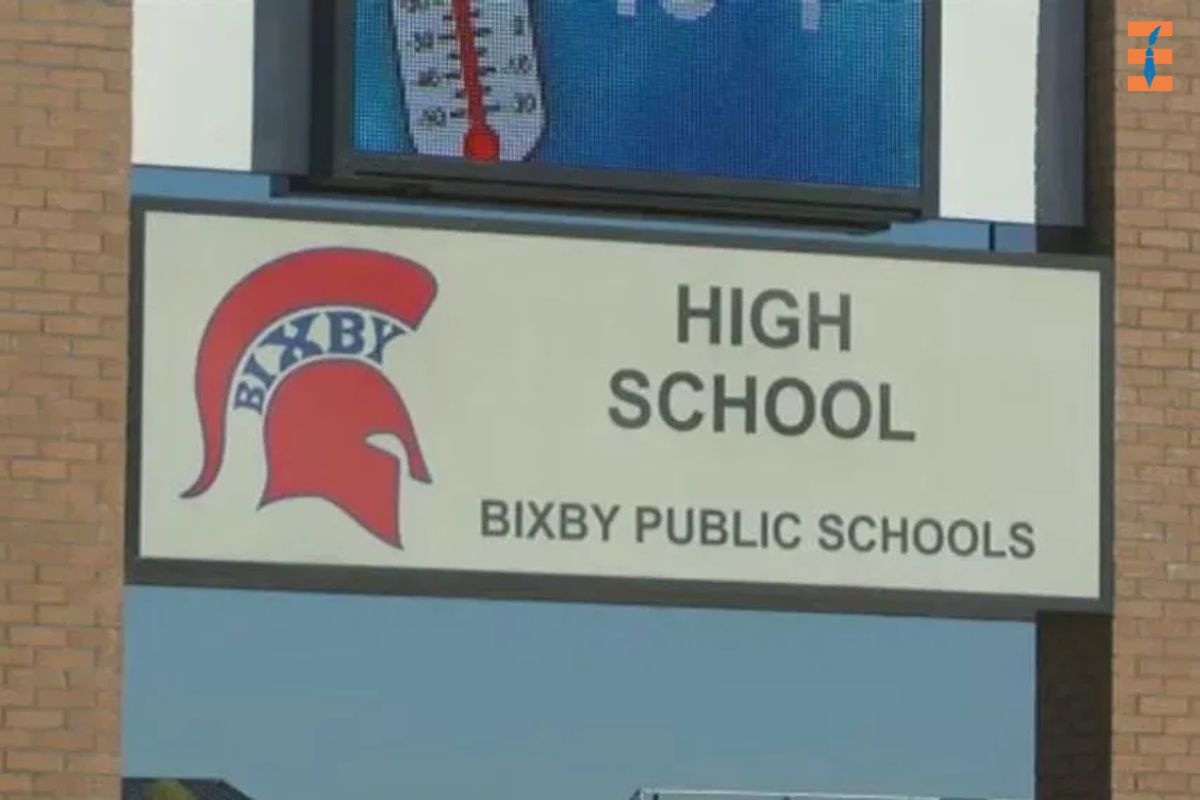Source – Education Week
President Biden’s proposed federal K-12 budget for the 2025 fiscal year signals a tacit admission of the failure of his administration’s education initiatives during the COVID-19 pandemic. The budget, requesting an $8 billion grant program aimed at bolstering public schools’ COVID-19 recovery efforts, highlights the inadequacy of previous funding allocations. Despite receiving unprecedented amounts of federal relief funds, public schools across the nation have failed to adequately address pandemic-induced learning loss among their 50 million students.
The American Rescue Plan (ARP), spearheaded by the Biden administration and passed by Congress in March 2021, allocated a staggering $122 billion to K-12 education, part of a broader $190 billion package for states. This funding, intended to support schools during the pandemic, amounted to over $3,800 per student, more than triple the federal K-12 funding for the 2020 school year.
However, as the expiration date for these relief funds looms in September, it’s evident that the windfall has not yielded the desired outcomes. Despite the infusion of resources, many schools were slow to reopen during the pandemic, exacerbating learning loss. Research from institutions like Harvard University and Stanford University’s Education Recovery Scorecard collaboration indicates that students in grades three through eight experienced significant setbacks in math and reading proficiency.
Pandemic-induced Learning Loss: Widening Gaps, Misused Funds
While some progress has been made in addressing these learning losses, achievement gaps between affluent and disadvantaged districts have widened in many states. Shockingly, students have only recovered approximately one-third of their learning loss in math and one-quarter in reading.
A critical examination of how schools utilized the relief funding reveals a significant misallocation of resources. While some funds were directed towards essential needs such as HVAC upgrades and building repairs, a substantial portion was diverted towards non-academic purposes. Examples include football stadium renovations, electrifying bus fleets, and increasing central office staff.
Moreover, only a minority of schools allocated funds towards interventions directly addressing learning loss, such as high-dosage tutoring, despite the pressing need. This underscores a failure to prioritize academic recovery, despite ample resources being available.
The blame, however, does not rest solely on public schools. Preceding the ARP, schools had already received $67.5 billion under the Trump administration, suggesting that the subsequent influx of funds was excessive. Furthermore, congressional mandates only required 20 percent of ARP dollars to be spent on learning loss, diverting attention from the primary objective of academic recovery.
Missed Opportunities in Biden’s Education Budget
President Biden’s latest budget proposal, while aiming to address lingering challenges, acknowledges the shortcomings of previous funding efforts. While the proposed grants have a clearer purpose, they represent a missed opportunity to prioritize learning loss when federal coffers were overflowing.
As policymakers contemplate another round of COVID-19 relief funding, skepticism looms regarding its efficacy in addressing the root issues. The failure to adequately address learning loss underscores the need for a more strategic and targeted approach to education funding, ensuring that resources are effectively utilized to support student achievement.
In summary, President Biden’s education budget reflects a costly misstep in addressing pandemic-induced learning loss. While additional funding may offer a lifeline to struggling schools, it’s imperative that lessons are learned from past mistakes to ensure that future investments yield tangible benefits for students nationwide.
Also Read: The Final Ohio Education Budget Increases Vouchers While Reducing Board Of Education Power










